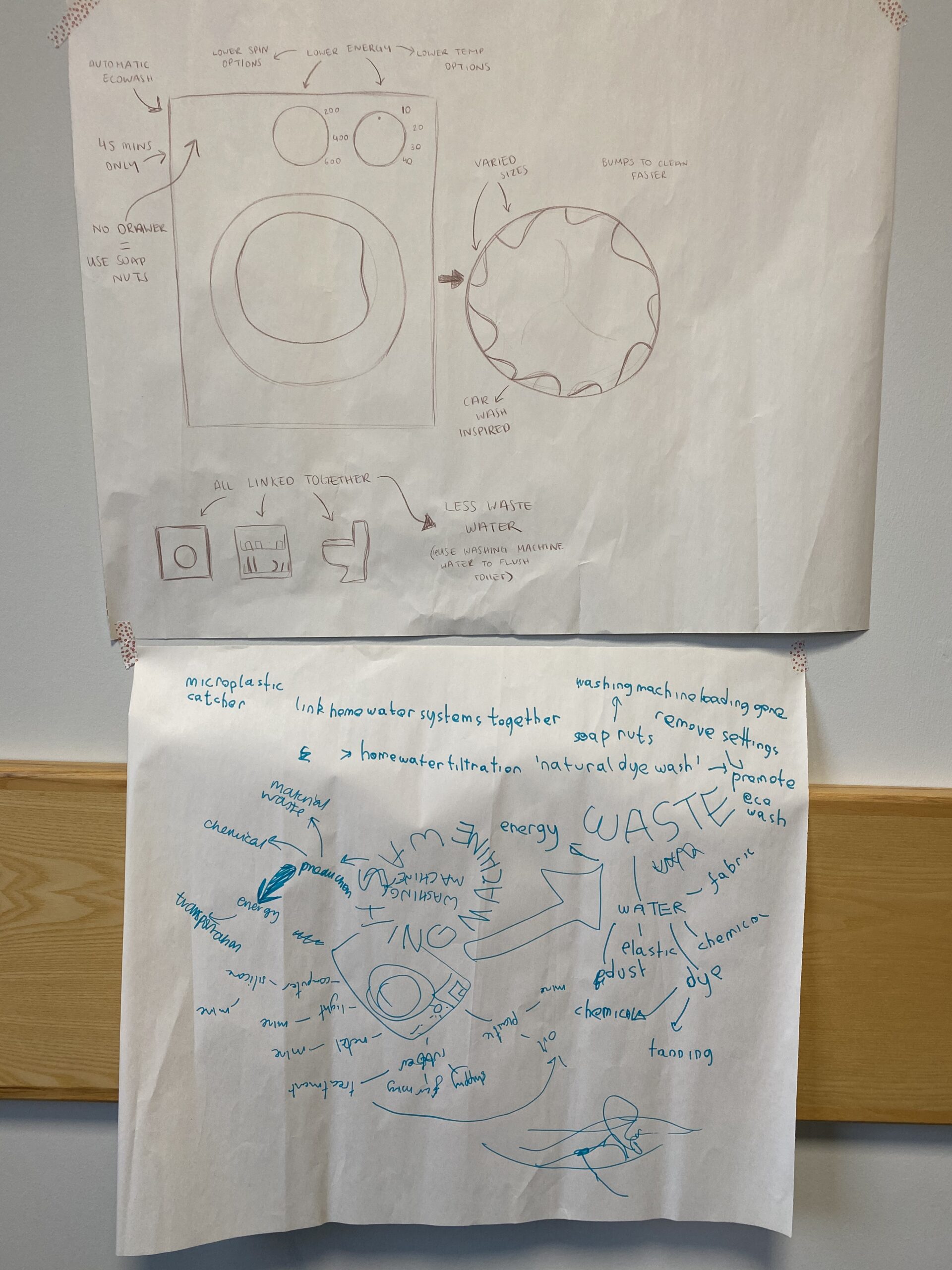week 5 blog

This week, I read “Cradle to Cradle: Remaking the Way We Make Things” by Michael Braungart and William McDonough. I believe this book provides us with more specific methods and examples, offering inspiration on how to design environmentally friendly products.
Firstly, the book introduces the concepts of “the biological metabolism” and “the technical metabolism.” It helps us understand the natural cycles in the biosphere, where natural products like flowers or fruits, after falling to the ground, decompose, nourishing various organisms and microorganisms. This decomposition also enriches the soil, and the carbon dioxide and excreta from animals and plants provide nests and nutrients for trees and insects—a process known as the biological metabolism.
Due to human overuse of natural resources, these natural cycles have been disrupted. Humans have also created monstrous hybrids—products that combine materials that can degrade in the natural environment with non-biodegradable materials. The book provides the example of traditional leather shoes, which are challenging to integrate into both biological and technical metabolism. Materials from one system might be discarded and wasted when introduced into the other system.
This highlights the importance of the technical metabolism. I consider the technical metabolism to be a new model derived from observations of the biological metabolism. The book mentions examples from carpet companies, which use safer materials, allowing old carpet materials to be used in new carpets, achieving recycling within a technical context.
Therefore, I believe the concepts of the biological metabolism and the technical metabolism will provide designers with valuable inspiration. When designing products, it’s essential to consider how these products can fit into these two circular systems.
In our workshop this week, my team and I attempted to redesign new items using the concepts of the biological metabolism and the technical metabolism, or the “cradle to cradle” approach. We chose “habitation” as our theme and selected washing machines as our objects of redesign. We started by examining the resources that washing machines often waste and discovered that many washing machines have unnecessary features that people don’t use. Thus, we simplified these functions. Additionally, we added fan-shaped blades to the inner walls of the washing machine drum to conserve water. We also designed a drainage system that allows the used water to be reused in other areas of the household, such as toilets, effectively conserving resources and facilitating the smooth recycling of these resources.
reference:
McDonough, W. and Braungart, M., 2010. Cradle to cradle: Remaking the way we make things. North point press.



